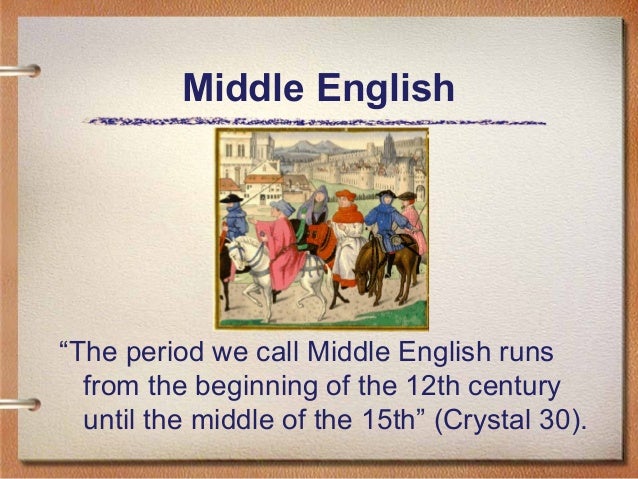

The author of Beowulf believed in Christianity but demonstrated an admiration for the pagan past. The Song of Roland exalts a great warrior according to the Germanic traditions of military heroism, but also affirms the necessity of subordinating individual accomplishments to the needs of a unified Christian community. The lecherous priest, the greedy friar, the wayward nun, and the gluttonous monk are stock characters of medieval satire. The literature of the period makes it clear that religious values were not universally recognized as primary and no one form of Christianity was accepted by all. Chaucer spent the first part of his career as a court poet who catered to the narrow tastes of an aristocratic readership, but in The Canterbury Tales he writes about men and women from every social class. The most significant literary works incorporated elements and values drawn from different and often conflicting traditions. From the time of Beowulf to that of Malory’s Arthurian tales, the European nobility and the writers they supported celebrated military values: valor, loyalty, personal honor, and chivalry. Medieval literature for the most part expresses the values of the most powerful members of society, the aristocracy, who achieved their power through military might. 
Medieval literature is dominated by two concerns: the demands of religious faith and the appropriate use of physical force.The individual literary masterpieces and traditions of writing that continue to define Western literature emerged during the Middle Ages.
#Middle english time period code#
The period is also described as an “age of chivalry.” The code of chivalry stressed gentility, generosity, concern for the powerless, and a capacity for experiencing selfless and passionate romantic love. Although the period is often described as an “age of faith,” the commitment to Catholic Christianity was neither uniform nor lacking in an understanding of its complexities and contradictions. As the Middle Ages developed, the Catholic Church gradually extended its spiritual and institutional authority across most of Europe. The Middle Ages is mistakenly thought of as a culturally homogeneous period, but this period contains many different kinds of people of many different cultures. People in the Renaissance named the period the Middle Ages because it was considered a culturally empty time that separated the Renaissance from the Classical past, which it admired. In 500, the “West” wasn’t yet a political or cultural entity, but by 1500 the map of Europe looked very much like it does today. 
The Western values of individualism, consensual government, and a recognition of religious differences began to emerge during the Middle Ages.During the Middle Ages, classical civilization was transformed by contact with three cultures: Germanic invaders, Christianity, and Islam.The Middle Ages Overview History and Culture







 0 kommentar(er)
0 kommentar(er)
